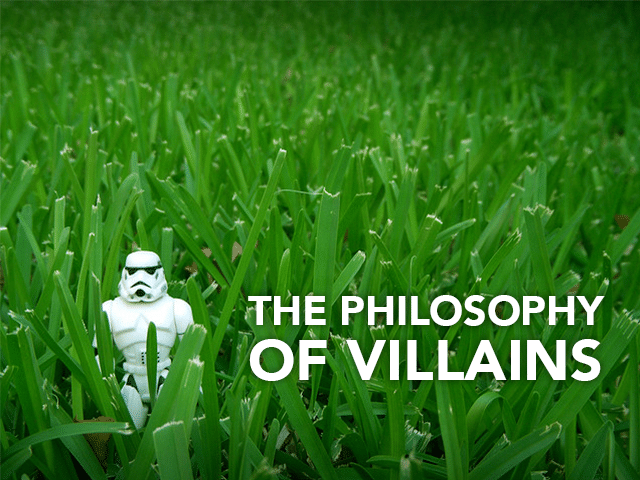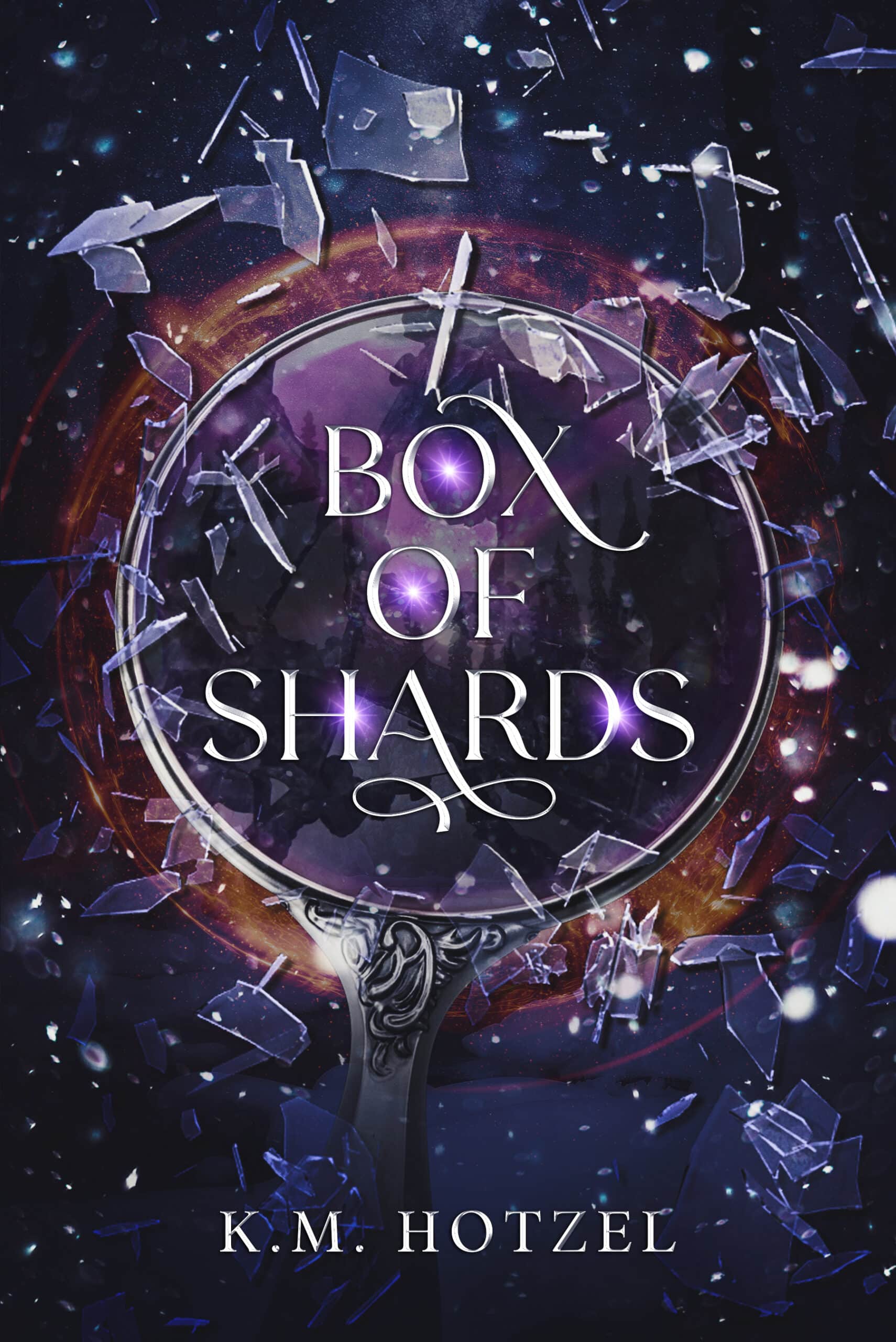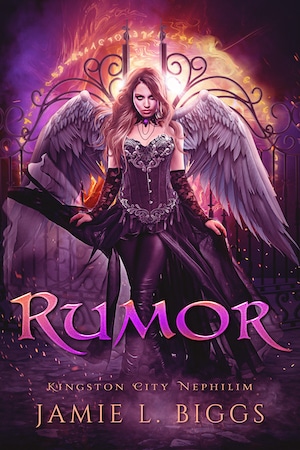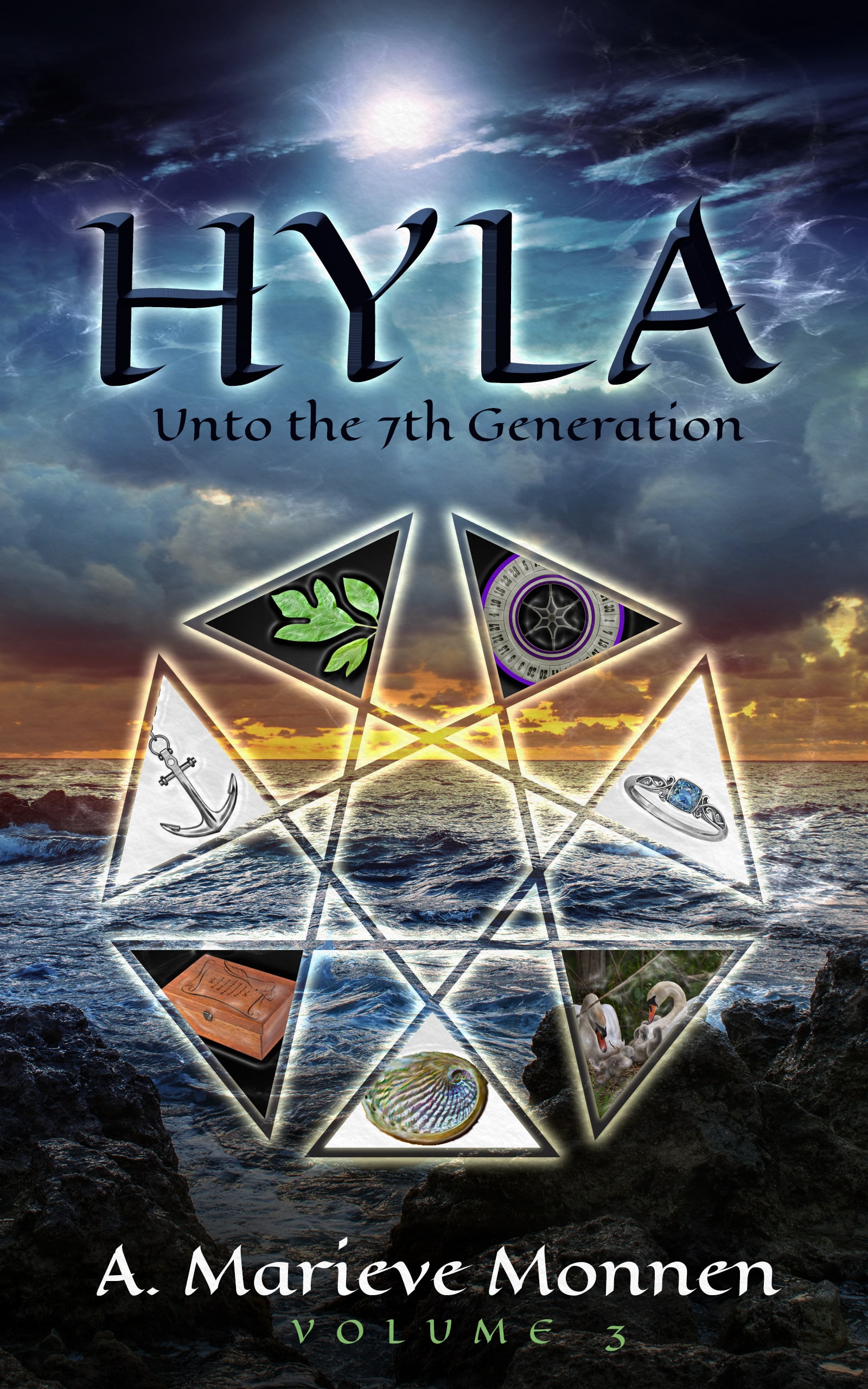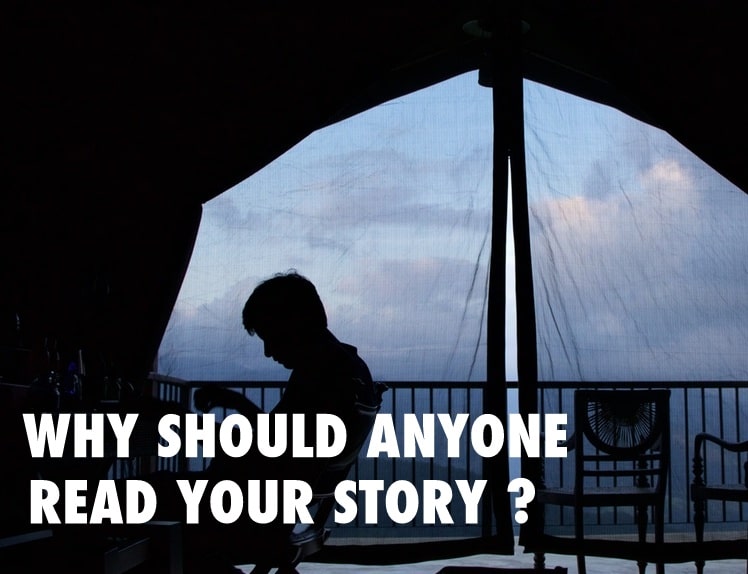
by Joe Bunting |
If you’re like many talented writers, your story might not be very interesting. In fact, it might be pretty boring. Too often, writers get caught up trying to express themselves and forget their audience. The best stories aren’t about how the author feels. The best stories are about how the reader feels
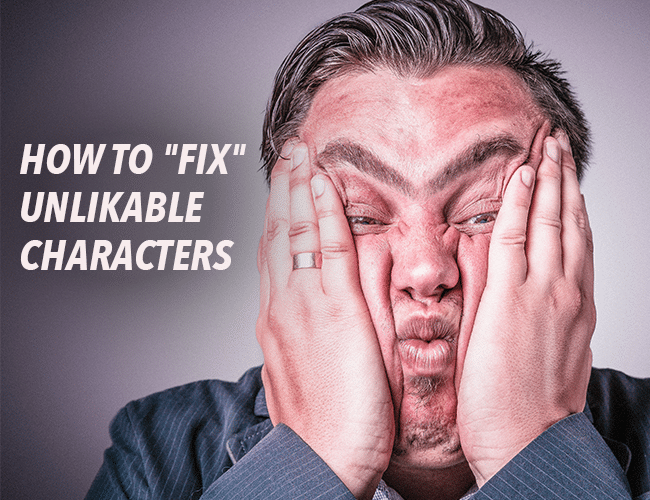
by Ruthanne Reid |
Here’s the deal: if you don’t like your character, your reader won’t, either. Fortunately, I have three quick tips to help you fix that unlikable character.
If your readers don’t like your character at least a little, then they won’t care what happens to that character in the story. If your readers don’t care about the character, you’ve already lost them.
Fortunately, there’s a way out. Three ways out, in fact.
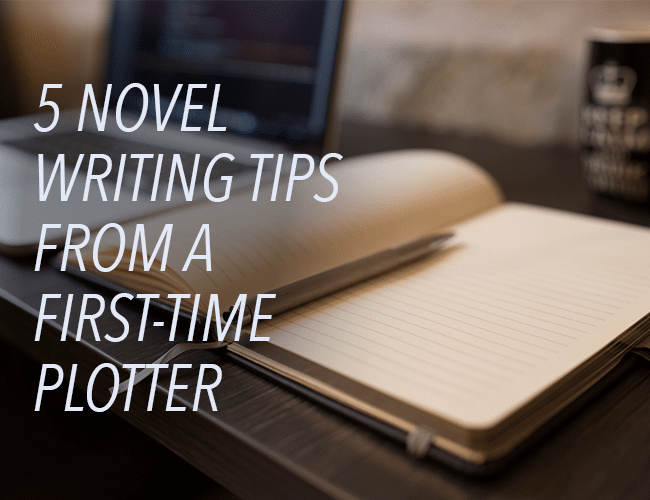
by Emily Wenstrom |
They say there’s two types of novel writers: pansters and plotters.
Pansters catch the spark of an idea and just get down to the writing. Plotters, on the other hand, create an outline of the novel before stringing sentences together.
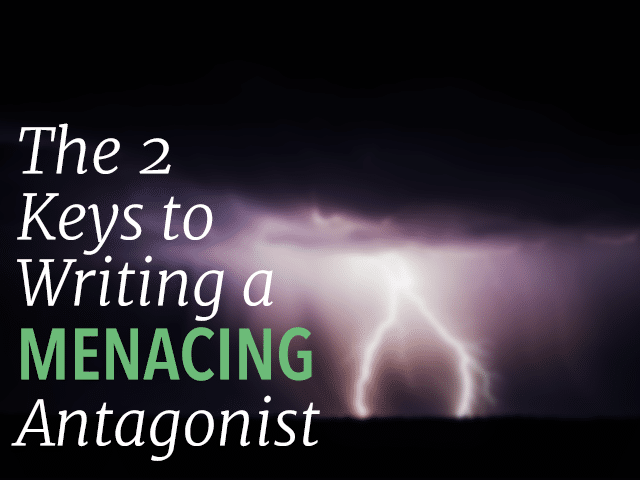
by Ruthanne Reid |
True menace is hard to write.
Spoiler: Writing a good villain is not about superpowers. It’s also not about backstory. Both of those can help you write a menacing antagonist, but they can also make your antagonist simply silly, or so sympathetic that readers forget to be scared (I’m looking at you, Loki).
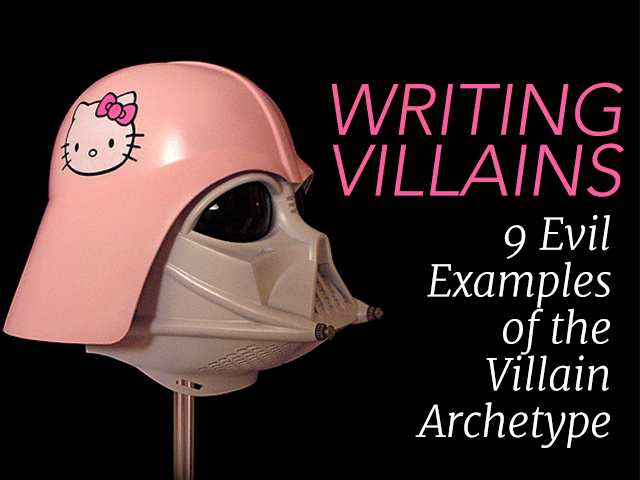
by Joe Bunting |
You’ve been told your story needs conflict. You’ve been told that each scene needs to have tension. You might have even been told you need to be writing villains, memorable antagonists that can supercharge your plot.
But unless you’re writing a fantasy novel, you might not be sure how to do this. You associate villains with Darth Vader and Jafar from Alladin.
What do bad guys look like in realistic literature?





